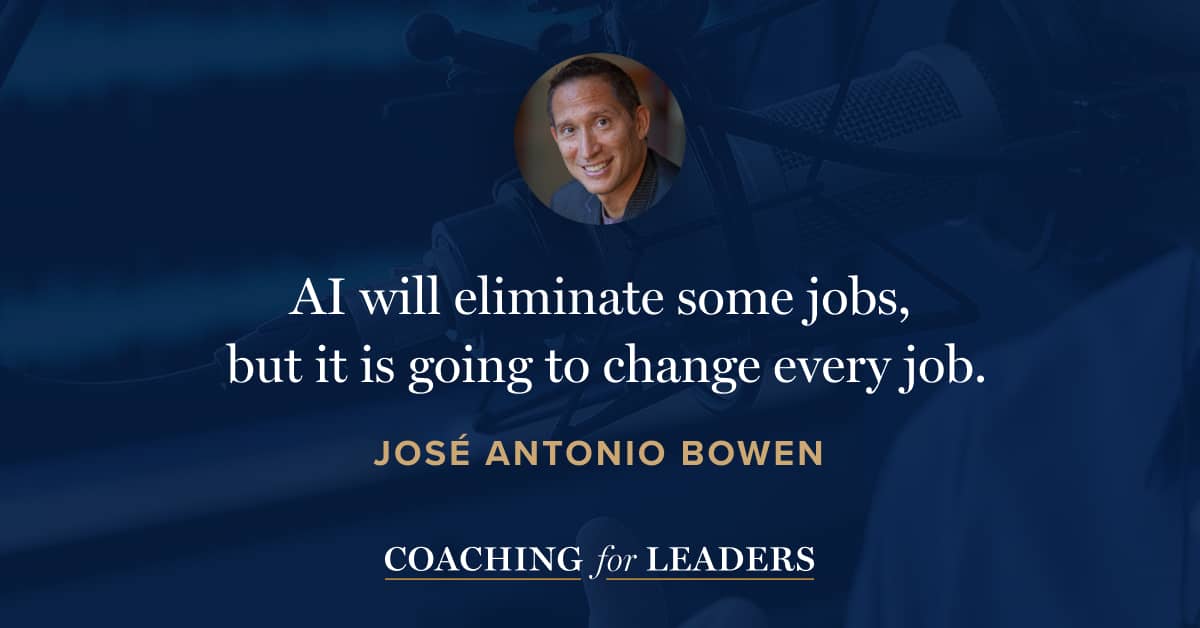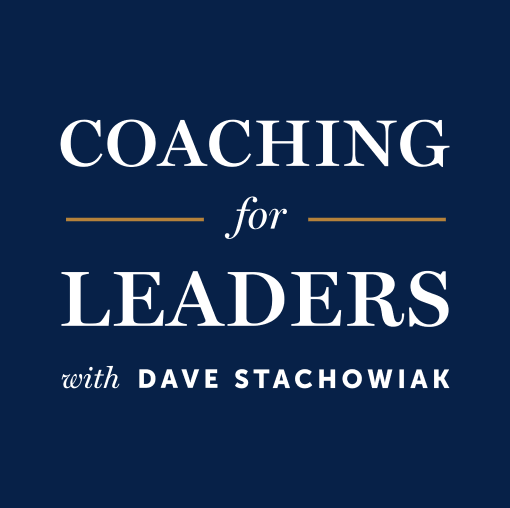José Antonio Bowen: Teaching With AI
José Antonio Bowen has won teaching awards at Stanford and Georgetown and is past president of Goucher College. He has written over 100 scholarly articles and has appeared as a musician with Stan Getz, Bobby McFerrin, and others. He is the author of multiple books in higher education and is a senior fellow for the American Association of Colleges and Universities. He is the author with C. Edward Watson of Teaching With AI: A Practical Guide to a New Era of Human Learning*.
AI will change how we work, but it’s also going to change how we think. In this conversation, José and I explore where to begin working with AI and why those who can use it will serve a critical role in shaping what’s next.
Key Points
- Physical maps make you smarter than GPS, but GPS is more practical for daily use. AI isn’t inherently good or bad, but like the internet, it will change how we work.
- AI will eliminate some jobs, but it will change every job. Those who can work with AI will replace those who can’t.
- Rather than thinking about creativity through the lens of responses from AI, focus on bringing creativity into your prompts.
- Most of the AI progress for companies is coming from non-tech folks that are figuring out how specific tasks get more efficient.
- AI is very good at some things and not good at others. You’ll discover how this relates to your work by experimenting with different prompts.
Resources Mentioned
- Teaching With AI: A Practical Guide to a New Era of Human Learning* by José Antonio Bowen and C. Edward Watson
- Example AI Prompts by José Antonio Bowen
- The Human Side of Generative AI: Creating a Path to Productivity by Aaron De Smet, Sandra Durth, Bryan Hancock, Marino Mugayar-Baldocchi, and Angelika Reich
- Moderna and OpenAI partner to Accelerate the Development of Life-Saving Treatments
- The State of AI in Early 2024: Gen AI Adoption Spikes and Starts to Generate Value by Alex Singla, Alexander Sukharevsky, Lareina Yee, Michael Chui, and Bryce Hall
Interview Notes
Download my interview notes in PDF format (free membership required).
Related Episodes
- Make Your Reading More Meaningful, with Sönke Ahrens (episode 564)
- Principles for Using AI at Work, with Ethan Mollick (episode 674)
- How to Enhance Your Credibility (Audio course)
Discover More
Activate your free membership for full access to the entire library of interviews since 2011, searchable by topic. To accelerate your learning, uncover more inside Coaching for Leaders Plus.





